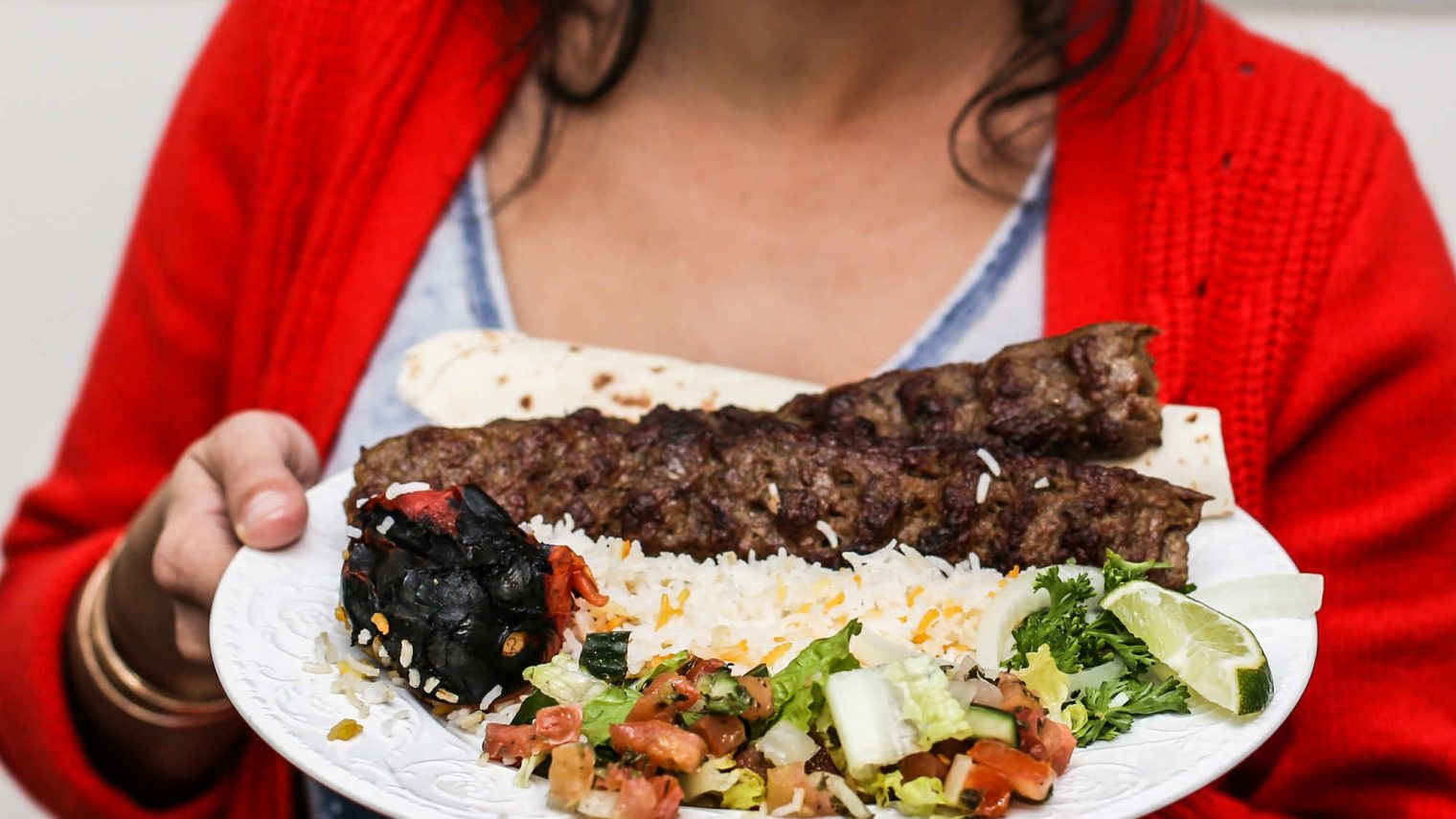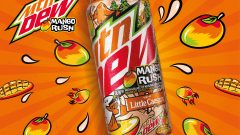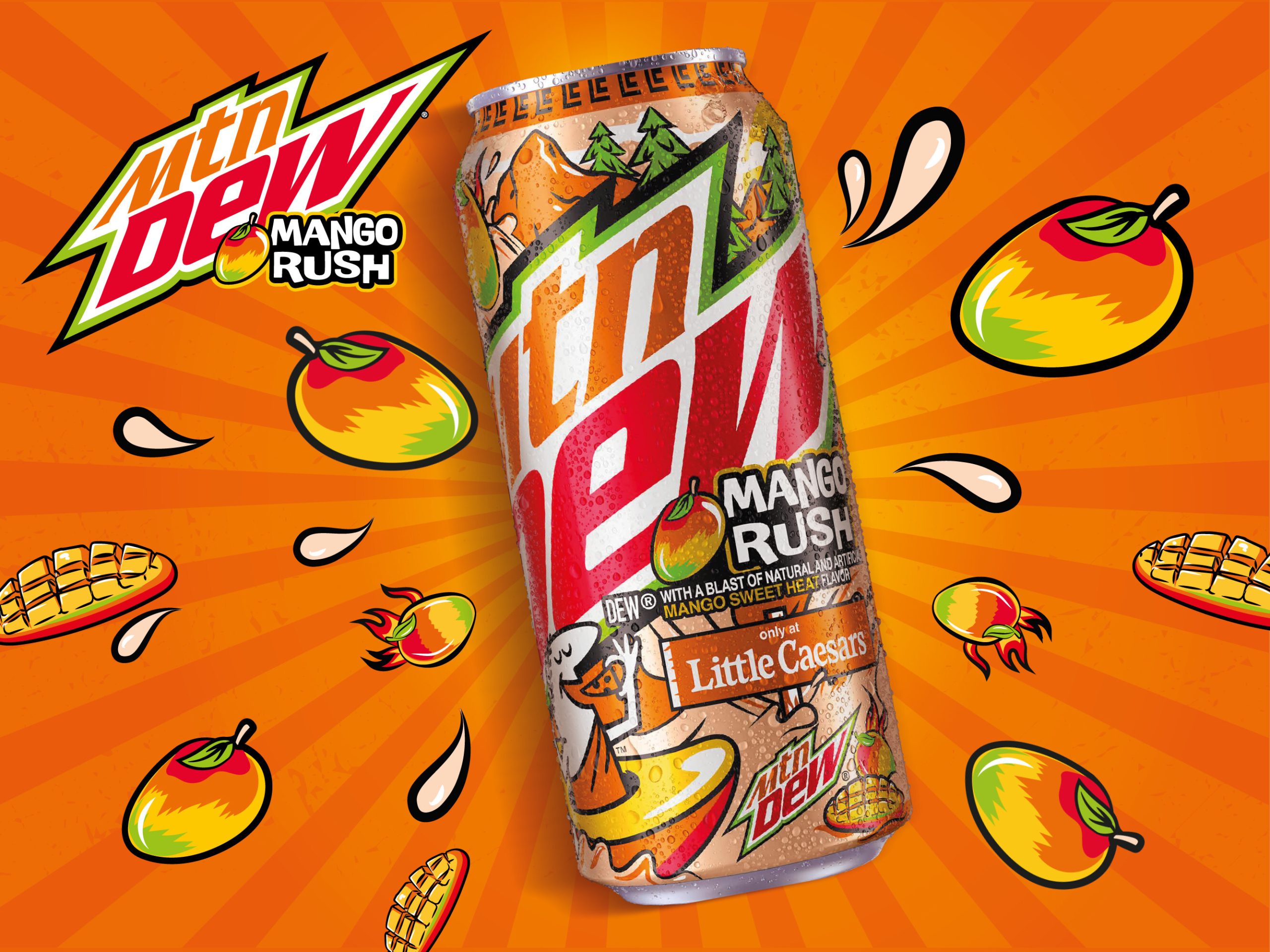Persian Food Explained: 5 Dishes You Should Know

Iran has just broken bread with the US for the first time since the Revolution of 1979, so it’s about time to learn what the hell that broken Persian bread tastes like. But before you start worrying about etiquette or customs or language (which you can learn via a podcast from that nice woman holding the food), it’s way more delicious to just learn about what’s on the plate. So here are the 5 dishes that every Persian knows and loves, so you can learn them, and make Persians want to know and love you.
———————-
Fesenjoon

Translation: None
Ingredients: Stewed pomegranate puree, ground walnuts, chopped onions, chunks of poultry or balls of ground meat.
What’s the deal: Pomegranates were a big deal in Iran long before Westerners realized they were Wonderful. The tart flavor from “the fruit of heaven” combined with savory spices creates one of the most uniquely Persian dishes in the culinary canon — a seasonal Fall and Winter dish that, when mentioned to an Iranian, will immediately make them think you know much more about their culture than you actually do.
————————-
Ghormeh Sabzi

Translation: “Stewed greens”
Ingredients: Parsley, spinach, leeks, coriander, kidney beans, dried lemons, dried fenugreek leaves, turmeric-seasoned lamb or beef.
What’s the deal: Iran’s most widely eaten stew, this lumpy green dish is always going to be on the table of any Persian dinner party, while everyone debates whether Iranian National Team striker Reza Ghoochannejhad is overrated.
————————-
Kabob

Translation: Pretty much universal for “meat”
Ingredients: Long strips of minced lamb, chicken, or beef grilled over a fire and served alongside charred tomatoes, rice sprinkled with sumac, a parsley salad, and flatbread.
What’s the deal: We shish you not, this is probably the most beloved dish in Iran and ranges from super-cheap street food to stuff that only the Shahs of Sunset could afford. There are a ton of different varieties where the meat is spiced differently (turmeric for kabab koobideh, saffron for kabab barg) and it’s usually accompanied by doogh (see below!) or a soda ordered by color rather than brand name, with black meaning Coke, white for Sprite, and orange for Fanta.
——————–
Doogh

Translation: Roughly derives from the verb “to milk”
Ingredients: Yogurt, mint, sometimes diced cucumbers.
What’s the deal: Iranians mix yogurt into pretty much everything savory — including spaghetti and soups — and, to get even more yogurt into a meal, they guzzle glasses of doogh. The sour yogurt drink can sometimes be tough on foreign palates, which might associate the same flavors with curdled milk.
———————-
Tadeeg

Translation: “Bottom of the pot”
Ingredients: Burnt rice flavored with saffron.
What’s the deal: Iranians love burnt things. Rice is served alongside most meals, but the most coveted rice is tadeeg: the bottom crispy layer that’s slightly burnt and has soaked up much of the caramelized saffron. Iran produces 90% of the world’s saffron, which is often said to be as expensive as a “pretty girl’s kiss” — and which you can now pay for with your knowledge of Persian food.
Dan Gentile is a staff writer on Thrillist’s national food/drink team who recently purchased a very nice toaster oven and is excited about exploring the world of crispy reheated food. He also enjoys hating mustard. Follow him to pots of gold/Twitter at @Dannosphere.






















